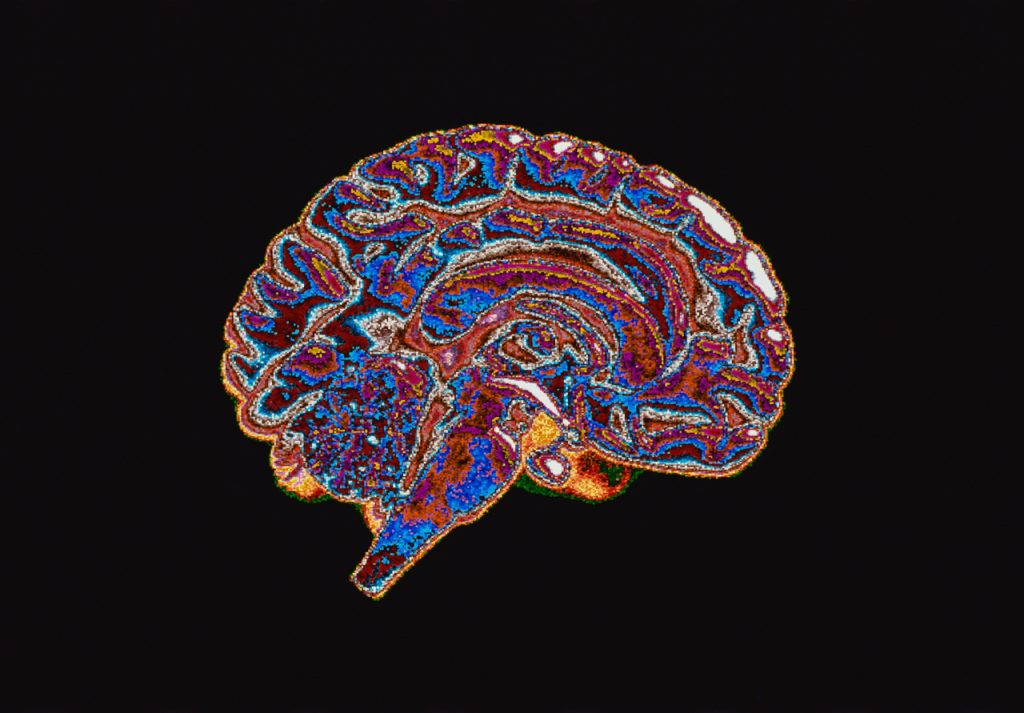hundred seconds. This is enough to identify a person by brain activity. No one will use this method on a daily basis because it requires an MRI. However, it will be useful in developing the diagnosis of many diseases.

Our brain activity is as unique as fingerprints. It only takes 100 seconds for a human to be recognized by it (Image: Getty Images)
A few years ago, neuroscientists at Yale University discovered that maps of human brain activity are highly individualized. They were able to identify people by patterns of brain activity examined using magnetic resonance imaging (NMR/MRI). Even if the survey was separated by a few days, 95% succeeded in assigning such a pattern to a specific person. cases. This suggests that our brains are as unique as fingerprints.
Enrico Ameco of the Swiss Federal Polytechnic University in Lausanne was amazed at the time it took to monitor the workings of the brain to detect such an individual pattern of activity. Should it be an hour, a dozen or more, or maybe just a few minutes?
One hundred seconds is enough to identify the brain through its activity
It turns out that only a hundred seconds of searching allows to create such a map of activity (that is, the so-called neural network). The team led by Ameko found that 1 minute and 40 seconds of MRI was enough to distinguish one brain from another.
The research also showed that distinct individual patterns of activity appear first in the areas of the brain responsible for forming sensory—particularly visual—impressions. Over time, they can also be distinguished in the frontal cortex, which is responsible for more complex cognitive processes.
The brain with Alzheimer’s disease loses its individual characteristics
The researchers’ next step will be to compare the brains of healthy people and those with Alzheimer’s disease. The team has been conducting such research for several years.
Our preliminary results indicate that the traits that make up the brain imprint disappear as the disease progresses. It becomes increasingly difficult to recognize a person by their activity pattern or neural network. It’s as if Alzheimer’s patients are losing their mind’s identity, Ameko says.
Interestingly, this effect begins to appear when patients are just beginning to have memory problems. So it happens long before a medical diagnosis is received, which sometimes takes years.
The discovery of “fingerprints” of brain activity opens up many new possibilities
So far, research has been done on how brains differ on groups of people. Then, conclusions were drawn based on the mean characteristics of a particular group. This was done, among other things, because individual differences between brain activity have not been well studied.
The new discovery will allow for better detection of neurological diseases, including, for example, strokes and addiction (which also leave a distinctive mark on brain activity). Undoubtedly, it will also be useful in understanding individual differences in how the brain works.
This is another small step in understanding what makes our brains unique. Ameko says the possibilities it will create will be endless.
Resources: science progressAnd Federal Institute of Technology in Lausanne.




More Stories
Nvidia GeForce RTX 4090: AIDA64 gets Ada spearhead support
Rogue Trader – Details about the first cRPG in the series – CD-Action
t3n – Digital Pioneers | digital business magazine